
A corner of the model New Rural Commune Son Vi, spacious, clean and beautiful
Son Vi village is located on a low hilly area, the name Son Vi means Vay Mountain, the Nom name is Ke Vay, the people still call it Ke Vay. This place still preserves many tangible and intangible cultural relics that testify to the legend of "Vay Village Fortress" of the Hung King's soldiers fighting against the Thuc invaders, protecting the southwest gateway of Phong Chau citadel, keeping the border of Van Lang in ancient times.
Son Vi people are very proud, because the place where they were born, grew up and have been attached for generations is one of the cradles of the ancient Vietnamese people. The 2019 Lam Thao District Historical and Cultural Relics and Typical Traditional Festivals book wrote: A corner of Vuon Sau relic - Son Vi archaeological site was discovered in March 1968 at the Rung Sau mound, Son Vi commune. With typical characteristics discovered for the first time in Son Vi, the culture was named - Son Vi Culture, which is the culture of the residents of the late Paleolithic period.
Archaeologists have confirmed: The outstanding feature of Son Vi culture stone tools is the use of river and stream pebbles to make tools. These are local raw materials, selected by the ancients with quite stable shapes for each type and each group of relics. Typical tools of Son Vi culture are divided into two groups: Whole pebble tools including pestles, grinding tables, and stone crushers and the group of chiseled pebble tools.
In the collections of archaeological artifacts of Son Vi culture, the group of hammering and chiseling tools is large in quantity and rich in types, including: Horizontal blade edge tools; vertical blade edge tools; quarter pebble tools; split pebble tools... These tools have different sizes, demonstrating hammering and chiseling techniques and chopping and breaking techniques as a special technique in Son Vi technique.
In addition, this collection also includes two-edged, three-edged, pointed tools, multi-edged tools, and some flakes, which still mainly use the chiseling technique. In the multi-edged tool type, the chiseling technique is used to chisel off a large surface of the natural pebble shell, which is chiseled from one layer to many different layers to create sharp edges.

Son Vi archaeological tools are on display at Hung Vuong Museum, Viet Tri city.
Still using those techniques, Hoa Binh culture had a further development step to create stone axes combined with grinding techniques. The above tools were used daily by Son Vi residents as tools for chopping, cutting, smashing, pounding, and grinding on daily-use items such as vegetables, wild game meat, etc.
Up to now, archaeologists have discovered 230 sites related to the Son Vi culture nationwide, of which the most are in Phu Tho province with 105 sites. In Phu Tho, the Son Vi culture is mainly concentrated in the river junctions and hills of communes in Lam Thao district such as: Son Vi: 7 sites; Tien Kien: 6 sites; Cao Xa: 4 sites; Xuan Huy: 3 sites; Xuan Lung: 7 sites and Lam Thao town: 7 sites. In addition, this culture is also present in the hills along the Thao and Lo rivers in the districts of Thanh Ba, Ha Hoa, Doan Hung, Cam Khe, Phu Ninh, Tam Nong,... Many artifacts are displayed and introduced at the Hung Vuong Museum, Viet Tri city.
In the treasure trove of priceless heritages of the Hung Kings' period of building and defending the country, Son Vi is honored and proud to have an archaeological site named Son Vi culture, one of the centers of the Paleolithic era of Vietnam, helping scientists to firmly affirm the origin of people in the pre-Hung Kings and Hung Kings periods on the ancient land of the Fatherland.
Son Vi commune today is the gateway for economic, cultural and social development of Lam Thao district. With infrastructure such as electricity, roads, schools and stations fully invested, the people in the commune still maintain the traditional profession of making Son Vi teapots, while developing many production, business and company establishments located in the commune. Infrastructure serving agricultural production has been invested in standardization, focusing on shifting the economic structure, crop and livestock structure, and developing economic models. The commune has 14 historical and cultural relics, of which 7 are ranked at the national and provincial levels. With the advantages and strengths of an advanced New Rural commune, Son Vi continues to be selected by the district and province to build a model New Rural commune in the field of education. Up to now, the commune has built and completed the criteria for a model New Rural commune in the field of Education of Phu Tho province in the period of 2021-2025...
Hoang Giang
Source: https://baophutho.vn/dau-tich-nguon-coi-o-son-vi-212879.htm









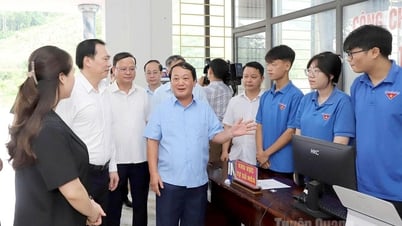
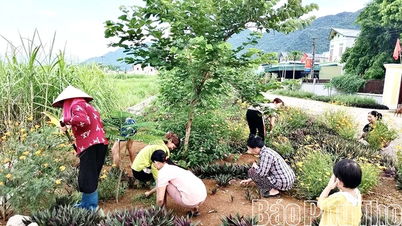

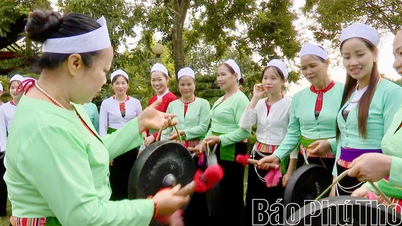
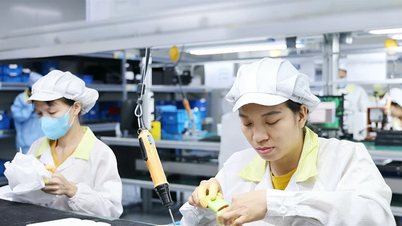
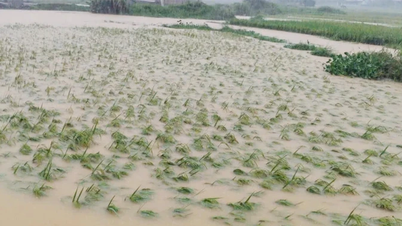
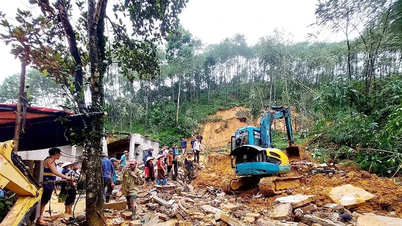
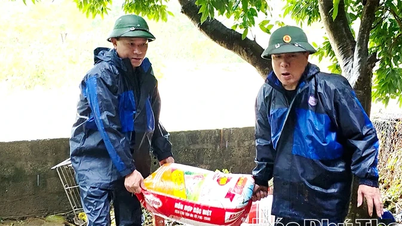





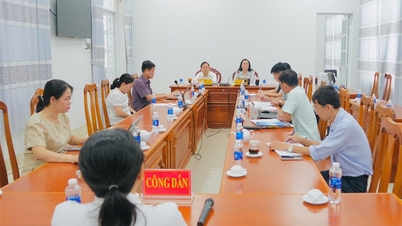

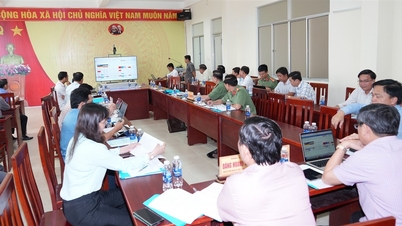




































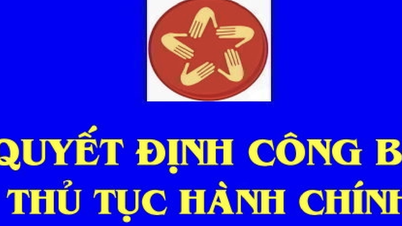
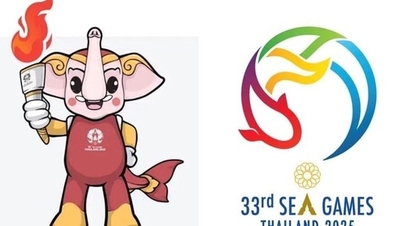




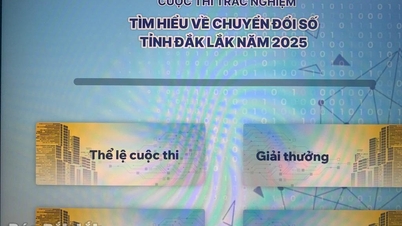

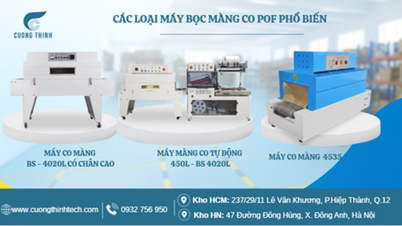

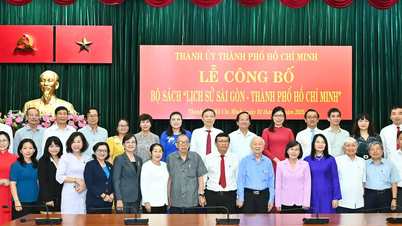


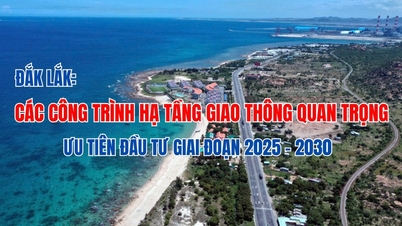












Comment (0)